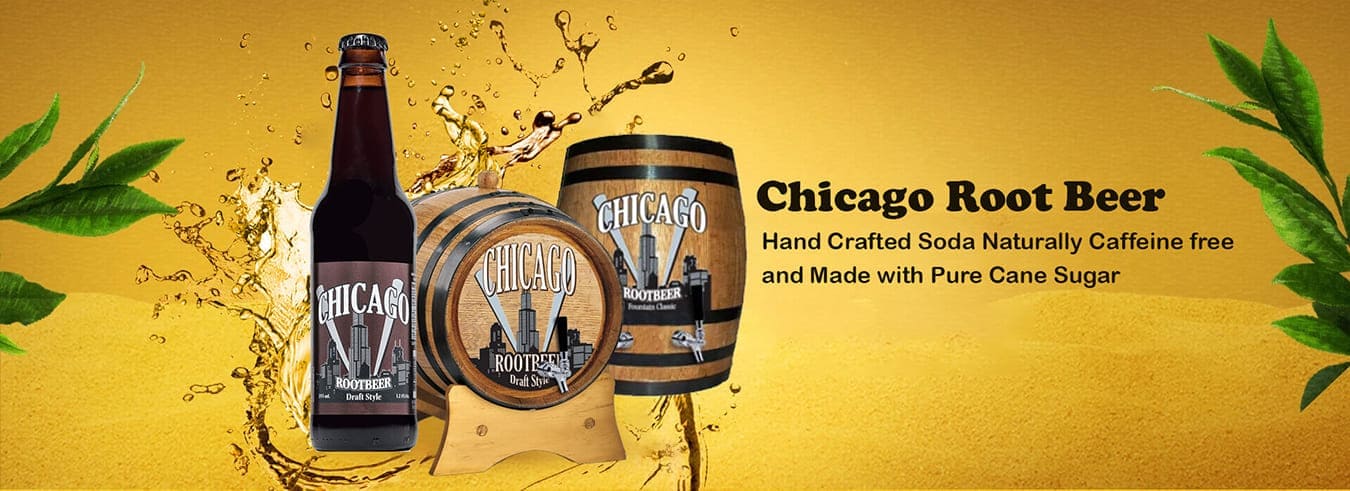Root Beer Revelations: A Journey Through History, Flavor, and Culture
Root Beer Revelations: A Journey Through History, Flavor, and Culture
Blog Article
The Fascinating World of Root Beer
Root beer is more than just a fizzy beverage; it’s a rich tapestry of history, flavor, and cultural significance. This blog post will delve into the origins of rootbeer, its ingredients, the brewing process, and its place in modern society. Whether you’re a long-time fan or a curious newcomer, there’s much to discover about this beloved soft drink.
A Brief History of Root Beer
Rootbeer roots trace back to indigenous cultures in North America, where various plants were used for medicinal purposes. The first documented recipe for root beer appeared in the 19th century, attributed to Charles Hires, a Philadelphia pharmacist. Hires created a herbal tea blend that he later carbonated and marketed as "root beer" in 1876. This marked the beginning of root beer as we know it today.In its early days, root beer was often made at home using a variety of roots and herbs. Common ingredients included sassafras, sarsaparilla, vanilla, and wintergreen. The drink gained popularity during Prohibition in the 1920s as a non-alcoholic alternative to beer, solidifying its place in American culture.

Ingredients That Make Root Beer Unique
Root beer is distinctive for its complex flavor profile, which can vary significantly between brands and recipes. Here are some common ingredients:
- Sassafras: Traditionally the primary flavoring agent, sassafras gives Rootbeer its characteristic taste and aroma.
- Sarsaparilla: Often used alongside sassafras, sarsaparilla adds depth and sweetness.
- Vanilla: This ingredient enhances the overall sweetness and provides a creamy texture.
- Wintergreen: Adds a cooling minty flavor that complements the other ingredients.
- Sweeteners: Sugar or high fructose corn syrup is commonly used to sweeten the beverage.
The Brewing Process
Making root beer can be as simple or complex as one desires. Here's a basic overview of the brewing process:
- Gather Ingredients: Collect your roots and herbs. Many home brewers use a combination of sassafras and sarsaparilla.
- Create an Extract: Boil the roots in water to extract their flavors. This step can take anywhere from 30 minutes to several hours.
- Sweeten: Once the extract is ready, strain it and add sugar or another sweetener while it's still warm.
- Carbonate: To carbonate your root beer, you can either use a carbonation system or allow natural fermentation by adding yeast.
- Bottle and Age: Transfer the mixture into bottles, cap them tightly, and let them age for a few days to develop carbonation.
Commercial vs. Homemade Root Beer
While many people enjoy commercial root beers from brands like A&W or Barq’s, homemade root beer offers a unique experience. Home brewing allows for experimentation with flavors and sweetness levels that commercial brands may not provide.
Commercial Brands
- A&W: One of the most recognizable brands, known for its creamy texture and balanced sweetness.
- Barq’s: Offers a bolder flavor with a noticeable bite due to its higher carbonation levels.
- Mug: Known for its sweetness and smooth finish.
Homemade Variations
- Experimenting with different herbs can yield unique flavors; some might prefer adding ginger or cinnamon for an extra kick.
- Adjusting sweetness levels allows for healthier versions without sacrificing taste. Rootbeer
Cultural Significance
Root beer has carved out a niche in American culture beyond just being a refreshing drink. It’s often associated with nostalgia—think of summer barbecues, family gatherings, or trips to the local diner.In recent years, root beer floats have become iconic desserts combining root beer with vanilla ice cream. This delightful treat showcases the versatility of root beer while appealing to both young and old alike.
Health Considerations
While root beer is generally considered safe for consumption, it’s essential to be mindful of its sugar content. Many commercial varieties contain high fructose corn syrup or other sweeteners that can contribute Rootbeer to health issues if consumed excessively.For those looking for healthier alternatives, homemade versions can be sweetened with natural sugars or even sugar substitutes like stevia.
The Future of Root Beer
As consumer preferences shift towards healthier options, many brands are exploring ways to adapt their recipes. This includes reducing sugar content or using natural sweeteners while maintaining that classic root beer taste.Additionally, craft soda companies are emerging on the scene, offering artisanal versions that focus on high-quality ingredients and unique flavor combinations. This trend reflects a growing interest in small-batch production and sustainability in food and beverage choices.
Conclusion
Root beer is more than just a drink; it embodies tradition, creativity, and community spirit. Whether enjoyed straight from the bottle or transformed into a float with ice cream, it continues to hold a special place in the hearts of many. As we explore new flavors and healthier options in our beverages, root beer remains an enduring symbol of refreshment and nostalgia.
Report this page